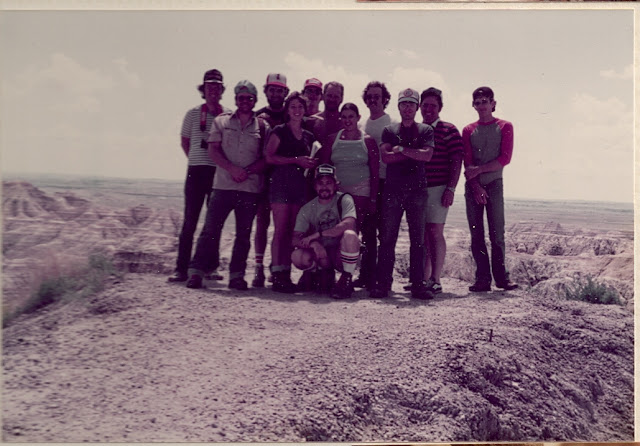1865 Indian raid on stage station on Green River drives off stock.
1872 Frank Wolcott, who would later be strongly associated with the Cattleman's invasion of Johnson County, appointed U.S. Marshall.
1898 President McKinley issued a proclamation calling for 75,000 more volunteers for the Spanish American War.
1903 In a terrible accident, an animal keeper was crushed to death by an elephant in a freight car near Medicine Bow. Attribution: Wyoming State Historical Society.
1909 The Reclamation Service sold lots in Powell, founding the town.
1911 BB-32 USS Wyoming launched.
1918 Mexico back in the headlines, May 25, 1918
Cuba and Mexico, it seems, were not getting along.
And former President Theodore Roosevelt wasn't getting along with the Postmaster General.
Poncho Villa was making the front page again.
And the nation might need old soldiers who hadn't faded away.
Costa Rica had entered the fray.
And snow was predicted.
May 25, 1918.
1918 Mexico back in the headlines, May 25, 1918
Cuba and Mexico, it seems, were not getting along.
And former President Theodore Roosevelt wasn't getting along with the Postmaster General.
Poncho Villa was making the front page again.
And the nation might need old soldiers who hadn't faded away.
Costa Rica had entered the fray.
And snow was predicted.
May 25, 1918.
1971 Major Wiliam E. Adams, U. S. Army, performed the actions that resulted in his being awarded the Congressional Medal of Honor, but he lost his life in the process. We was a member of the A/227th Assault Helicopter Company, 52d Aviation Battalion, 1st Aviation Brigade. He entered the service from Kansas City, Missouri but had been born in Casper on16 June 1939. Citation: Maj. Adams distinguished himself on 25 May 1971 while serving as a helicopter pilot in Kontum Province in the Republic of Vietnam. On that date, Maj. Adams volunteered to fly a lightly armed helicopter in an attempt to evacuate 3 seriously wounded soldiers from a small fire base which was under attack by a large enemy force. He made the decision with full knowledge that numerous antiaircraft weapons were positioned around the base and that the clear weather would afford the enemy gunners unobstructed view of all routes into the base. As he approached the base, the enemy gunners opened fire with heavy machine guns, rocket-propelled grenades and small arms. Undaunted by the fusillade, he continued his approach determined to accomplish the mission. Displaying tremendous courage under fire, he calmly directed the attacks of supporting gunships while maintaining absolute control of the helicopter he was flying. He landed the aircraft at the fire base despite the ever-increasing enemy fire and calmly waited until the wounded soldiers were placed on board. As his aircraft departed from the fire base, it was struck and seriously damaged by enemy anti-aircraft fire and began descending. Flying with exceptional skill, he immediately regained control of the crippled aircraft and attempted a controlled landing. Despite his valiant efforts, the helicopter exploded, overturned, and plummeted to earth amid the hail of enemy fire. Maj. Adams' conspicuous gallantry, intrepidity, and humanitarian regard for his fellow man were in keeping with the most cherished traditions of the military service and reflected utmost credit on him and the U S. Army.
1975 Midwest incorporated.












